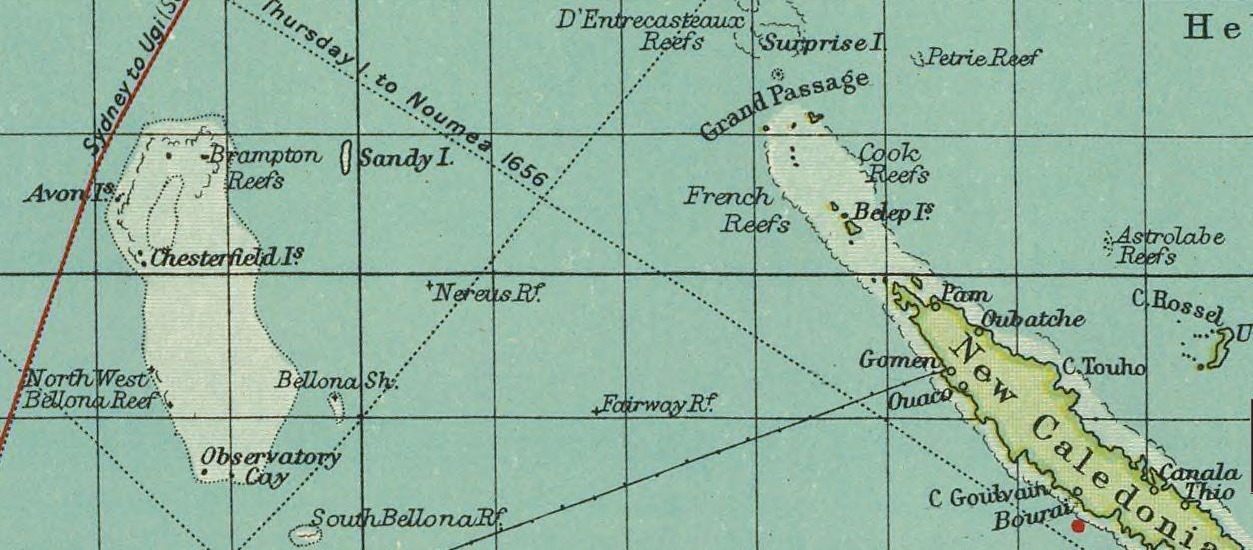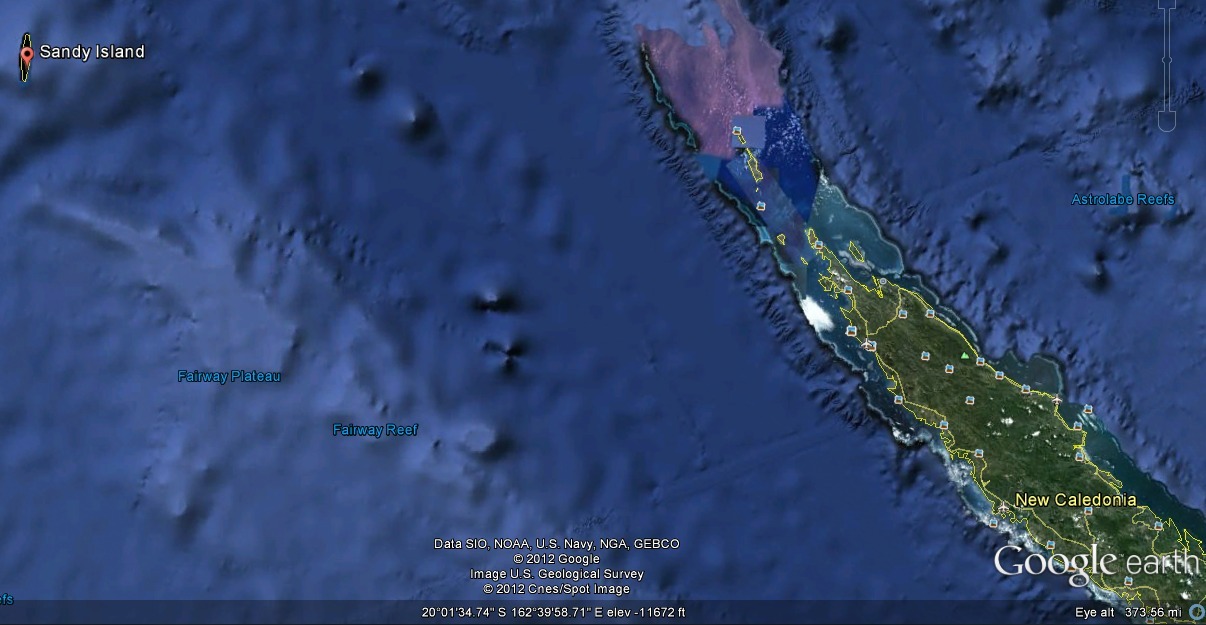Terrae InBLOGnitae readers and SHD members might be interested in this call for papers for 2014's AHA annual meeting in Washington, DC:
Women and Maps in Early Modernity
Abstracts are invited for papers about "Women and Maps in Early Modernity," for a possible
Society for the Study of Early Modern Women co-sponsored session at the
American Historical Association's annual meeting in Washington, DC, in January 2014.
Papers from a range of disciplines—including, but not limited to, history, art history, literary studies, and historical geography—which address the nexus between early modern women and maps/cartography in any geographical region or culture, during the time period c. 1400-1700 are sought. Paper topics might consider women as:
- Explorers contributing data from which maps are made
- map illustrators
- printers/publishers/sellers of maps
- navigators/users of maps
- writers on the topic of cartography
Abstracts (400-500 words) for papers twenty minutes in length should be submitted by January 10, 2013, by e-mail, to Allyson Poska (
aposka@umw.edu) and Erika Gaffney (
egaffney@ashgate.com).







